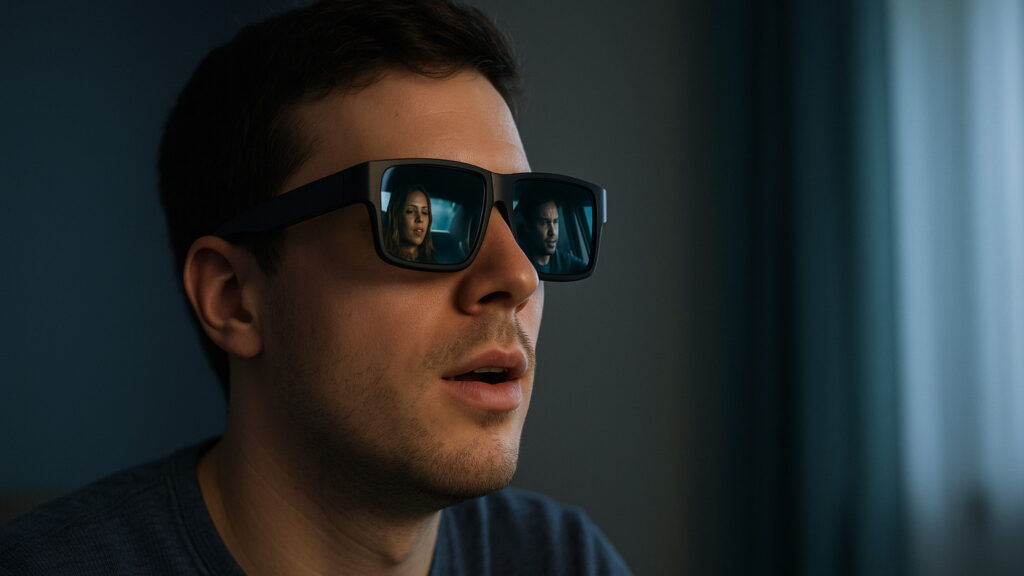Ever wonder what it might be like to step inside your favorite film? Not just watching the action unfold before you, but actually being immersed in it? AR glasses are starting to make this sci-fi concept a tangible reality. Rather than being constrained to the dimensions of your TV or the local cinema screen, these devices can transform your living room into a personalized movie theater, with content that adapts to and interacts with your environment.
What fascinates me most is how AR glasses could fundamentally change our relationship with filmed content. Instead of passive viewing, we’re talking about interactive storytelling where you might choose different narrative paths, unlock hidden scenes, or manipulate virtual objects that appear to exist in your physical space. Imagine watching a thriller where you can examine clues alongside the detective protagonist, or a fantasy film where magical creatures appear to fly around your ceiling fan.
The technology isn’t quite there yet for mainstream adoption – current AR glasses still struggle with weight, battery life, and field-of-view limitations. But companies are rapidly improving these specs, and filmmakers are already experimenting with content specifically designed for AR viewing. The promise of shared viewing experiences is particularly compelling – friends across different cities could watch together in a virtual cinema, seeing each other’s reactions in real-time despite the physical distance.
As someone who’s been following display technology for years, I’m both excited and cautiously optimistic about AR’s cinematic potential. While traditional movie theaters will always have their place (there’s something irreplaceable about that communal big-screen experience), AR glasses represent something entirely different – not a replacement, but an expansion of what “watching a movie” can mean. The line between viewer and participant is blurring, and I’m eager to see where this technology takes storytelling in the coming years.
